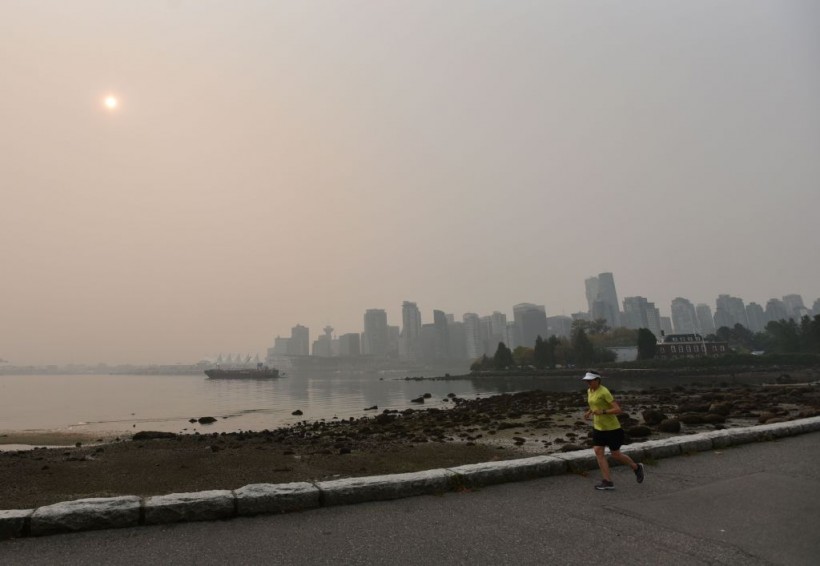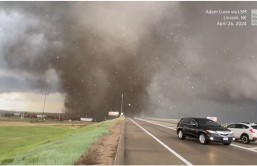A 45-mile (72.4-kilometer) fault line has been discovered stretching along Vancouver Island, which might pose a tsunami risk to the Pacific coasts of both Canada and the US.
A team of geologists, mineralogists, and Earth and ocean scientists have recently published a research paper in the journal Tectonics, saying that they have recently found the fault line, which they suspected to be lurking in the region but was difficult to find due to thick forest coverage in the area.
The researchers recently found evidence of an earthquake occurring on the Saanich Peninsula between 4,700 and 2,300 years ago.
The researchers classified the fault line as a part of the much longer Cascadia fault system that could potentially pose a large tsunami risk toward the Pacific coast.
In the event that an earthquake happens in the fault line, named the XEOLXELEK-Elk Lake fault (XELF), it could trigger a tsunami that would be catastrophic to those living nearby in both Canada and the US West Coast, as well as the rest of the Pacific.
The researchers added that the fault line posed a "hazard" to the region's approximately 400,000 inhabitants.

Researchers Say Fault Line Is Difficult to Find
Newsweek reported that the fault line was discovered after a detailed investigation involving shallow geophysical surveys, analyzing historical imagers, and remote sensing.
Mineral-covered rocks could also indicate changes in the magnetic field over time, suggesting that the rock formations have been pulled apart or broken, implying a fault line.
The last earthquake in the area occurred in prehistoric times, with magnitudes of 6.1 and 7.6 on the Richter scale.
Related Article: Morocco: Over 800 Die in Massive Earthquake, Damaging Historic Town









